We Are Dragonfly
Collaboration and partnership are critical to the success of any NASA mission – but especially one that promises to change the game of exploring the outer planets. Led by the Johns Hopkins Applied Physics Laboratory (APL) in Laurel, Maryland, the Dragonfly team comprises scientists, engineers, technologists, managers and more who have deep experience on missions that have explored the solar system from the Sun to Pluto and beyond, as well as experts in rotorcraft, autonomous flight and space systems from around the globe.
With APL, the Dragonfly team includes key partners at NASA’s Goddard Space Flight Center in Greenbelt, Maryland; Lockheed Martin Space in Littleton, Colorado; Sikorsky, Stratford, Connecticut; NASA’s Ames Research Center in Silicon Valley, California; NASA’s Langley Research Center in Hampton, Virginia; Penn State University in State College, Pennsylvania; Malin Space Science Systems in San Diego, California; Honeybee Robotics in Pasadena, California; NASA’s Jet Propulsion Laboratory in Southern California; U.S. Department of Energy; the French space agency (CNES) in Paris; the German Aerospace Center (DLR) in Cologne, Germany; and the Japan Aerospace Exploration Agency (JAXA) in Tokyo.
Partners

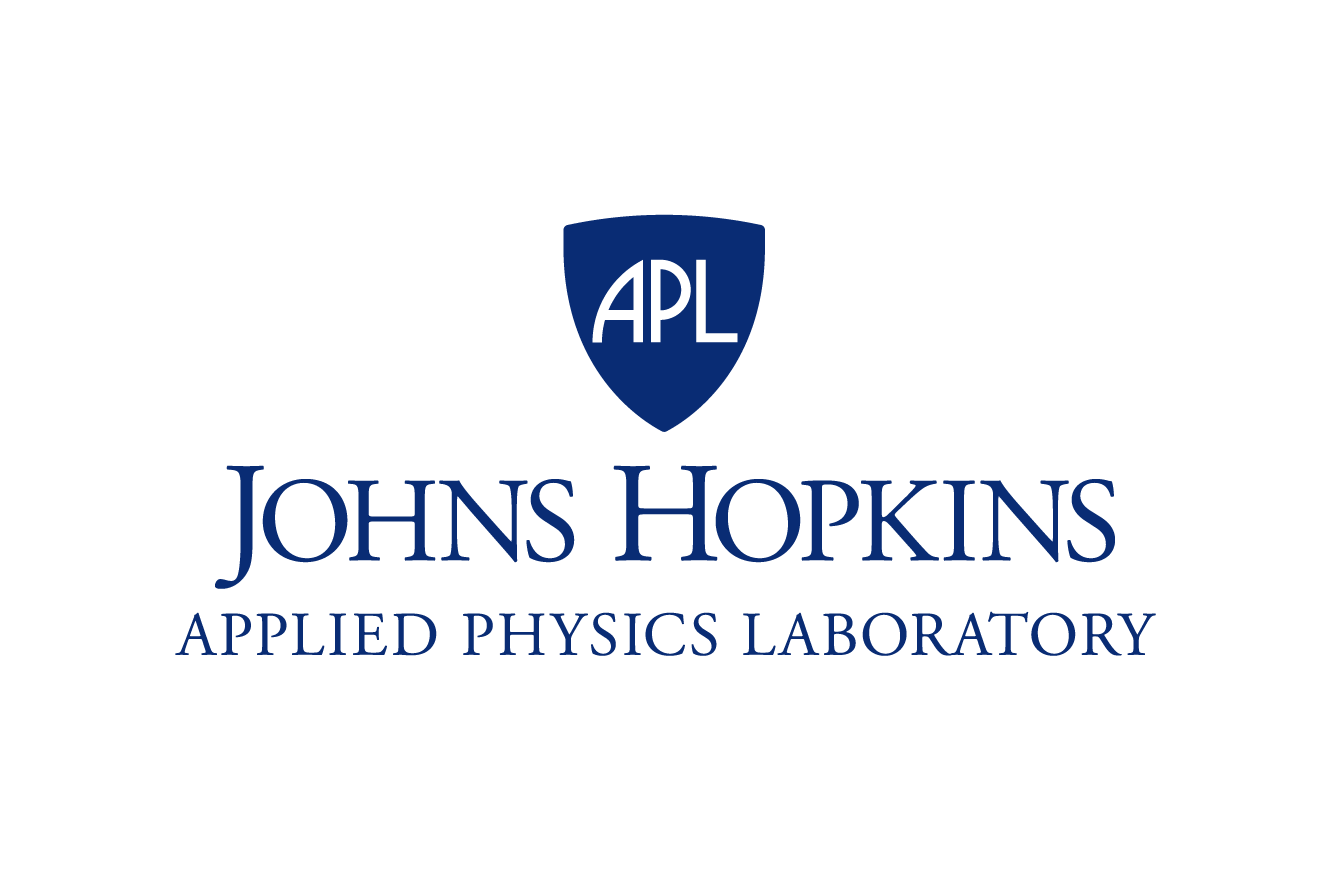
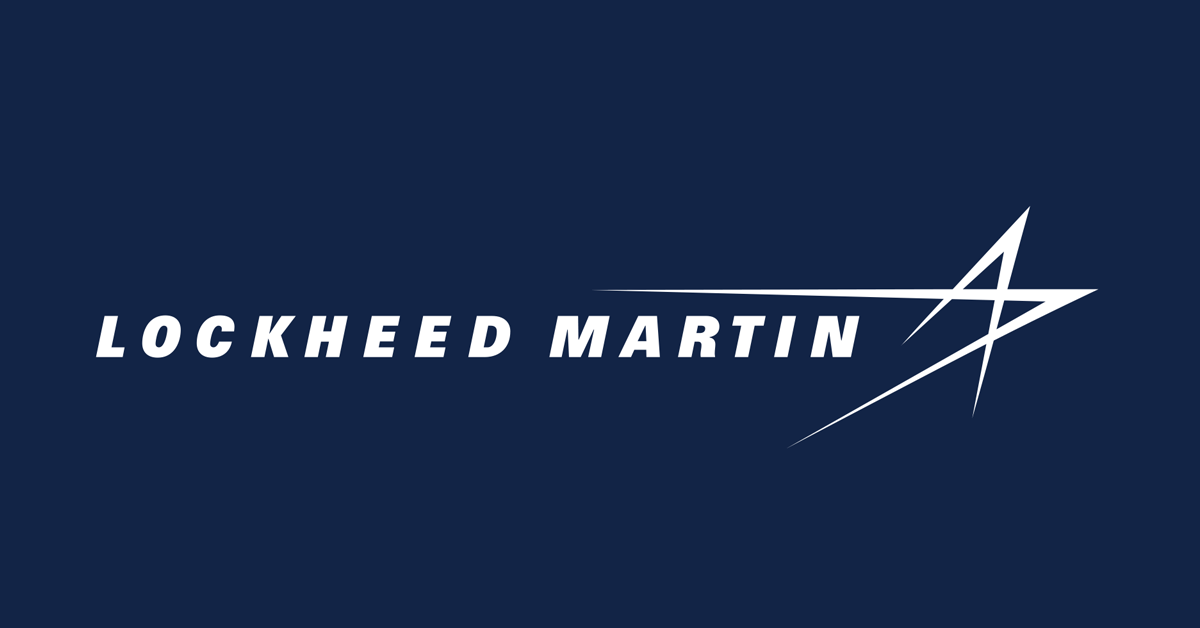


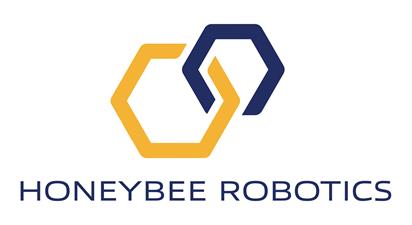

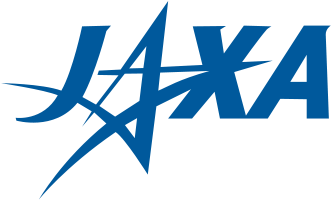



Mission Leadership

Elizabeth "Zibi" Turtle
Principal Investigator
Johns Hopkins APL

Melissa Trainer
Deputy Principal Investigator
Goddard Space Flight Center

Jason Barnes
Deputy Principal Investigator
University of Idaho

Rick Fitzgerald
Project Manager
Johns Hopkins APL

Art Azarbarzin
Deputy Program Manager
Johns Hopkins APL

Scott Murchie
Project Scientist
Johns Hopkins APL

Shannon MacKenzie
Deputy Project Scientist
Johns Hopkins APL

Ralph Lorenz
Mission Architect
Johns Hopkins APL
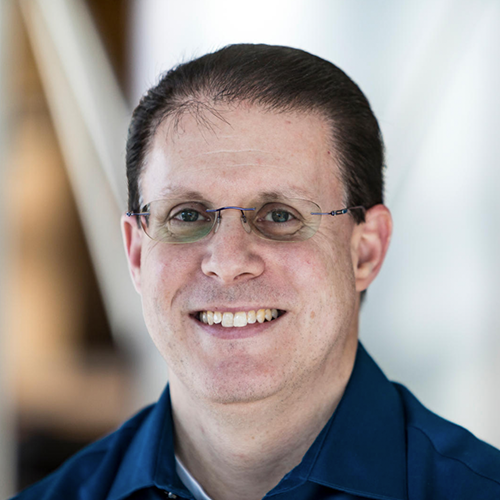
Ken Hibbard
Mission Systems Engineer
Johns Hopkins APL

Karen Kirby
Flight System Engineer
Johns Hopkins APL

Dragonfly Team Meeting at the Johns Hopkins Applied Physics Laboratory in Laurel, Maryland, November 2023. (Credit: NASA/Johns Hopkins APL/Ed Whitman)


